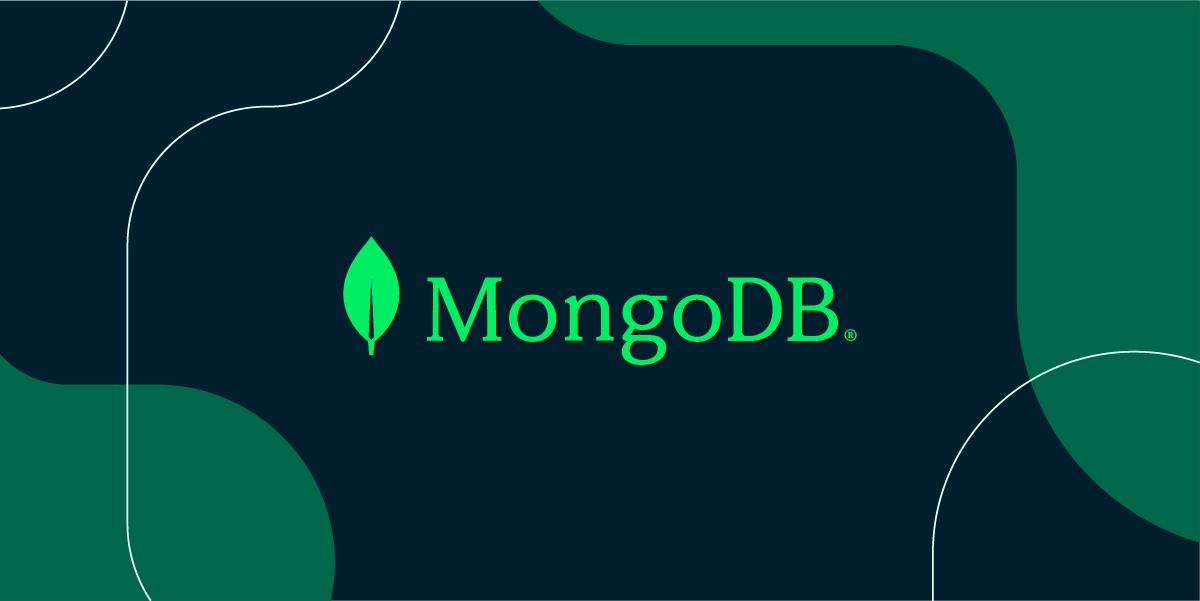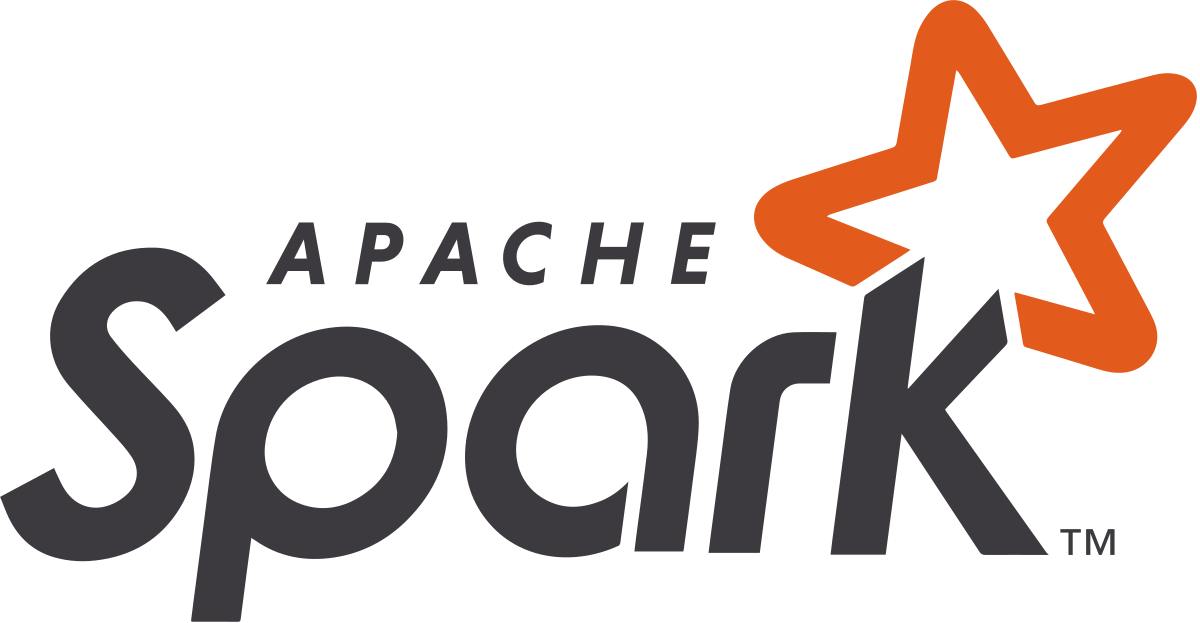SAP Big Data is what people may think: a vast ocean of information flowing everyday through computers, mobile devices and machine sensors. It is mainly used by organizations to drive decisions, improve processes and policies, and create customer-centric products.
The word “Big” isn’t just a reference to its size, but also its natural variety and complexity. So how is a metaphorical, colossal ocean of data effectively handled by SAP? What arsenal do they deploy to do the job?
Apache Hadoop

Apache Hadoop, or simply Hadoop, is a framework that stores and manages data on clusters on off-the-shelf hardware. One of the most significant SAP tools, it offers gigantic storages for any kind of data and can work with both structured and unstructured data compared to standard databases.
The four Hadoop modules are Common, Distributed File System, YARN and MapReduce.
Hadoop Common is the collection of utilities and libraries that support other modules in the framework. Hadoop DFS is the file system designed to run on commodity hardware. YARN, short for Yet Another Resource Navigator, is Hadoop’s resource manager and job scheduling component. Finally, MapReduce writes applications to work with Hadoop.
Hadoop’s popularity stems from its storage and swift data processions while also providing protection against hardware failure. It is not only flexible with its stored data, but also highly scalable. Hadoop is open source and free to use.
MongoDB

A NoSQL database. In other words, MongoDB isn’t bound by the structure in common SQL databases. It is often considered as THE database for Big Data due to its capabilities. It can handle real time data analysis and features, uses a distributed, key value store, scales horizontally with much of its functionality preserved, and works with MapReduce calculation.
What is more important about MongoDB is its seamless compatibility with a number of big programming languages such as Python, JavaScript and Ruby.
SAP HANA

Developed by SAP, the HANA (High Performance Analytic Appliance) is designed to store and retrieve data as needed by applications. Aside from its real time analytical queries on transactional data, it is very compatible with other technologies including databases, hardware and software. This versatility allows companies to employ powerful analytical abilities without sacrificing their tools.
Apache Spark

Another Apache tool. This framework can process data on massive data sets by distributing the task across a wide dozen of computers. Because of this, it became one of the most reliable frameworks in Big Data. Using this tool as a development team is limitless thanks to its native compatibility for Java, Scala, Python and R.
Spark consists of a driver that converts code into multiple tasks to be distributed to worker nodes, and an executor, designed to run on nodes and execute assignments. Spark often runs above Hadoop YARN for a robust cluster management system to allocate on-demand workers.
Elasticsearch

This software allows companies to search, analyze and report the massive amounts of collected data. Its use case is its RESTful search and analytics engine, as well as its ability to web search, log and Big Data analytics.
Some of Elasticsearch capabilities include CLI tools, audit logging, rack awareness, horizontal scalability and much more. But its most vital aspect is making Big Data analytics easier for business. With Elasticsearch, businesses can monitor and act on online activities, page views, website navigation and shopping cart use.
